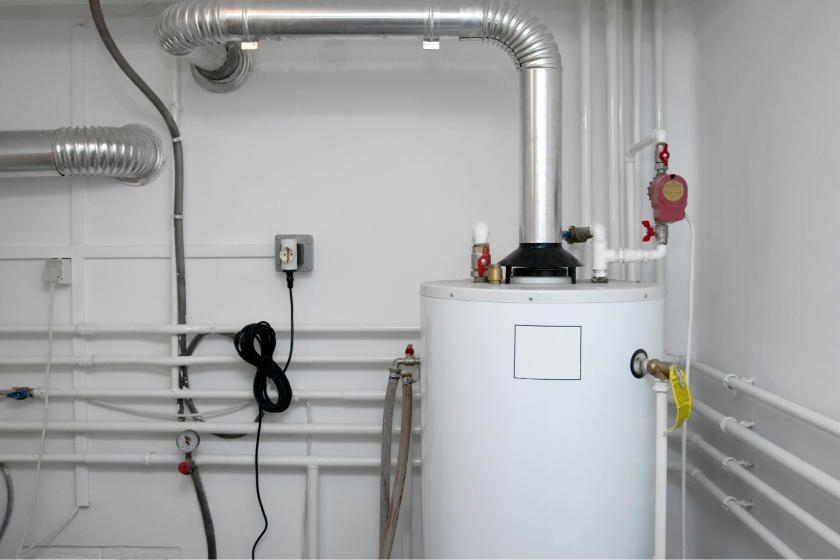Best Practices for Caring for Your Home's Hot Water System
Best Practices for Caring for Your Home's Hot Water System
Blog Article
Have you been searching for info about Water Heater Maintenance Tips You Can't Afford to Forget?

Hot water is essential for day-to-day comfort, whether it's for a revitalizing shower or washing meals. To ensure your warm water system runs efficiently and lasts longer, routine upkeep is essential. This write-up provides sensible suggestions and understandings on exactly how to keep your home's hot water system to prevent disturbances and costly repair services.
Intro
Maintaining your home's warm water system might seem overwhelming, but with a few straightforward steps, you can ensure it runs smoothly for years to find. This guide covers whatever from comprehending your warm water system to DIY maintenance ideas and recognizing when to hire expert assistance.
Relevance of Keeping Your Hot Water System
Routine upkeep not only extends the lifespan of your hot water system but likewise guarantees it operates efficiently. Disregarding upkeep can cause decreased performance, higher energy expenses, and even premature failure of the system.
Indicators Your Warm Water System Requirements Maintenance
Recognizing when your warm water system needs focus can prevent major issues. Watch out for indications such as irregular water temperature level, odd sounds from the heating system, or corroded water.
Purging the Hot Water Heater
Purging your hot water heater removes debris accumulation, enhancing efficiency and lengthening its life.
Monitoring and Replacing Anode Rods
Anode poles protect against deterioration inside the container. Checking and replacing them when worn out is important.
Complicated Issues Requiring Professional Aid
Instances include significant leaks, electrical troubles, or if your hot water heater is constantly underperforming.
Routine Specialist Upkeep Advantages
Professional upkeep can consist of complete assessments, tune-ups, and guaranteeing conformity with safety standards.
Evaluating and Changing Temperature Setups
Changing the temperature settings makes certain ideal performance and safety and security.
Do It Yourself Tips for Maintenance
You can execute a number of upkeep tasks yourself to keep your hot water system in leading condition.
Checking for Leaks
Regularly examine pipelines and connections for leaks, as these can result in water damages and higher costs.
Comprehending Your Hot Water System
Prior to diving into upkeep jobs, it's practical to comprehend the standard parts of your warm water system. Usually, this consists of the water heater itself, pipelines, anode poles, and temperature controls.
Month-to-month Maintenance Tasks
Normal regular monthly checks can help catch minor issues prior to they escalate.
Examining Stress Relief Valves
Evaluating the pressure relief valve guarantees it functions appropriately and stops too much pressure buildup.
Protecting Pipes
Insulating hot water pipelines decreases warmth loss and can save energy.
When to Call a Specialist
While do it yourself maintenance is helpful, some issues need specialist competence.
Verdict
Regular maintenance of your home's warm water system is important for effectiveness, long life, and cost savings. By complying with these tips and understanding when to look for specialist aid, you can ensure a trusted supply of hot water without unexpected disruptions.
How to Maintain an Instant Hot Water Heater
Before tinkering with your hot water heater, make sure that it’s not powered on. You also have to turn off the main circuit breaker and shut off the main gas line to prevent accidents. Also turn off the water valves connected to your unit to prevent water from flowing into and out of the appliance. 2. When you’re done, you have to detach the purge valves’ caps. These look like the letter “T†and are situated on either side of the water valves. Doing so will release any pressure that has accumulated inside the valves while at the same time avoid hot water from shooting out and burning your skin. 3. When the purge valves’ caps are removed, you have to connect your hosing lines to the valves. Your unit should have come with three hoses but if it didn’t, you can purchase these things from any hardware or home repair shops. You can also get them from retail stores that sell water heating systems. Read the user’s manual and follow it to complete this task properly. When the hosing lines are connected, open the purge port’s valves. 4. You should never use harsh chemical cleaners or solutions when cleaning your unit. Make use of white vinegar instead. It should be undiluted and you’ll probably use about 2 gallons. 5. Now flush your water heater. This task should probably take about 40 minutes. We can’t give you specific directions for this because the procedure is carried out depending on the type, model and brand of your heater. With that being said, refer to the user’s manual. 6. When you’re done draining the unit, you have to turn off the purge port valves again. Remove the hosing lines that you earlier installed on each of the water valves. Put the valve caps (purge port) back in their respective places and be very careful so as not to damage the rubber discs that are found inside these caps. 7. Now that everything’s back in place, check your user’s manual again to find out how to reactivate your water heating system. 8. Once it is working, turn one of your hot water faucets on just to let air pass through the heater’s water supply pipes. Leave the tap on until water flows smoothly out of it. https://www.orrplumbing.com/blog/2014/september/how-to-maintain-an-instant-hot-water-heater/
:max_bytes(150000):strip_icc()/tankless-hot-water-system-in-the-basement-of-a-green-technology-home-529577258-77afda16fd494c6899a78000888c3204.jpg)
I'm certainly very involved in How to Maintain Your Water Heater & Prolong its Life and I am assuming you enjoyed the blog entry. Feel free to take a moment to distribute this article if you liked it. Thank you so much for going through it.
Call Today Report this page